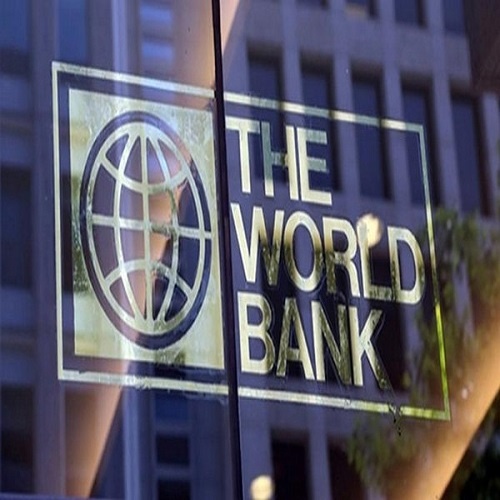Washington [US], May 11 (ANI/WAM): A new World Bank policy note presents latest evidence on how climate change is eroding education outcomes, including through increased school closures, and what to do about it.
Over the past 20 years, schools were closed during around 75 percent or more of the extreme weather events that impacted 5 million people or more. It’s now common for a country to close their schools multiple times over the course of a year due to heatwaves, flooding, high levels of pollution, and the like. The duration of school closures is often prolonged when school infrastructure is vulnerable or when schools are used as evacuation centers.
Climate change is also affecting students through increased diseases, stress, and conflict. A one standard deviation change in temperature and rainfall has been linked to a 14 percent increase in the risk of intergroup conflict and interpersonal violence. These factors have severe consequences on children’s educational attainment and achievement.
Climate-related erosion of learning and education attainment translates into lower future earnings and productivity, especially for the poor. Research has shown that each additional year of schooling is associated with a 10 percent increase in earnings. As climate shocks reduce education attainment, future earnings are likely to suffer, perpetuating cycles of poverty and limiting social mobility across generations.
Despite these growing negative impacts, policymakers do not seem to fully appreciate the urgency for climate adaptation within the education sector. A novel survey, covering 94 education policymakers across 28 low- and middle-income countries, reveals that nearly 61 percent said the protection of learning from climate change is among the bottom three priorities in their country (out of a set of 10 priorities). This low prioritization of adaptation is troubling because the benefits of education are under threat.
Adapting education systems for greater resilience requires policymakers to act on four fronts: education management, school infrastructure, students and teachers as change agents, and ensuring learning continuity.
Looking at just damages due to tropical cyclones, global estimates indicate the education sector experiences financial losses of $4 billion annually. In the Philippines alone, over 10,000 classrooms per year are damaged due to typhoons and floods.
For the millions of children that need to attend school over the next 50 years, the results of climate mitigation will simply come too late. Governments need to act now to increase the capacity of education systems to adapt and cope with these increasingly prevalent extreme weather events.(ANI/WAM)












